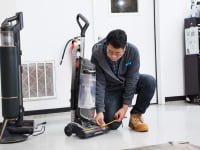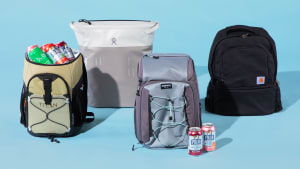Here’s how we test robot vacuums in the Reviewed test labs
Models that cost $20 to $1,000 all get tested the same way
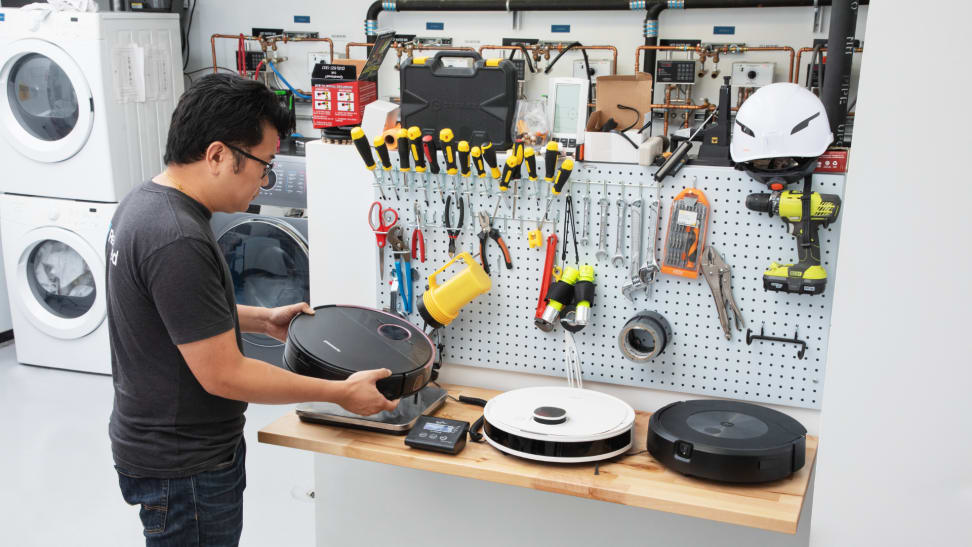 Credit:
Reviewed / Timothy Renzi
Credit:
Reviewed / Timothy Renzi
Recommendations are independently chosen by Reviewed's editors. Purchases made through the links below may earn us and our publishing partners a commission. Prices were accurate at the time this article was published but may change over time.
Since 2015, the labs here at Reviewed have spent more than 1,000 hours testing 65 different robot vacuums. We’ve covered everything from the latest iRobot Roombas to the best affordable models. We also do individual reviews from top-selling brands like Roborock, Ecovacs, and Eufy.
It is Reviewed’s mission to help you buy the best stuff and get the most out of what you already own. Our tests have been developed by our lab staff, under the direction of Reviewed’s chief scientist, David Ellerby, PhD.
With robot vacuums, we test each model in our labs with a focus on cleaning ability, navigation, and ease of use. We also test to see how well manufacturer claims hold up under scrutiny.
Here is a quick overview of how we test robot vacuums here in our Reviewed labs and a glimpse into the scientific reasoning behind what we do.
The dirt: The stuff we make robot vacuums clean
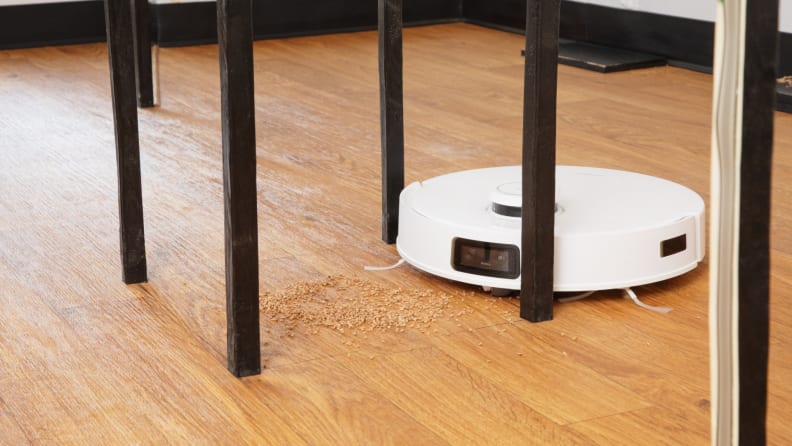
The debris test just ensures that big and small items can be successfully lifted without needing a second or third pass.
To test a robot vacuum’s ability to clean, we used a variety of debris. The first is cork that is ground down until it has a density of 84 grams per liter. We use the cork to represent crumbs and larger debris.
We also test a robot vacuum’s ability to deal with pet hair. We source hair from cats and dogs of various sizes and breeds. To keep it consistent, robot vacuums have to always deal with tufts that are around one cubic inch.
For robot vacuums with a mop attachment, we test its prowess with baby powder and drops of chocolate syrup. Baby powder represents adhered dust on hardwood floors. The chocolate syrup is a stand-in for general stains, not to mention it’s good on ice cream.
The obstacle course: Where we let the robot vacuums navigate
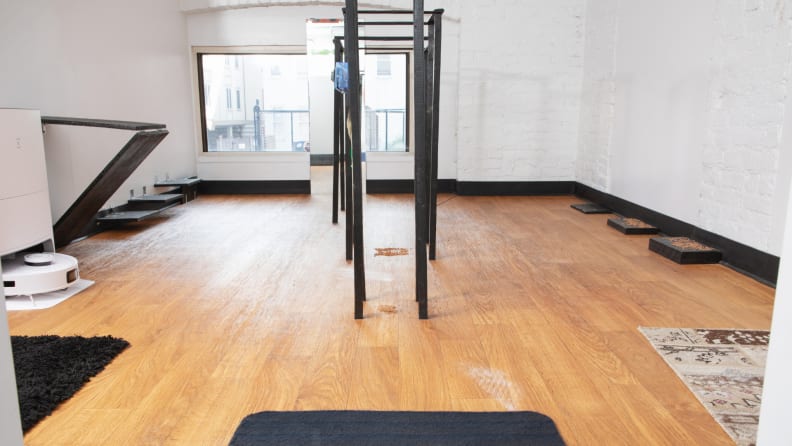
We fill our obstacle test with common household hurdles that your robot vacuum is sure to run into—including simulated animal waste, table legs, and raised carpeting.
In the labs, we say, “A robot vacuum can’t clean where its brushes haven’t been.” So don’t be foold: Robot vacuums that advertise lots of suction power aren’t always the best cleaners. To test the robot vacuum’s ability to clean and navigate involves an obstacle course.
Our obstacle course contains simulated furniture legs, shelves, various types of carpets, and thresholds.
We chose more extreme examples of obstacles. For example, the smallest furniture legs have an opening just two inches wide and the tallest threshold is three-quarters of an inch high.
However, we designed it this way in order to pressure test these robot vacuums so we can see flaws in their programming and construction.
Smart features: We test how they can help you and you can help them
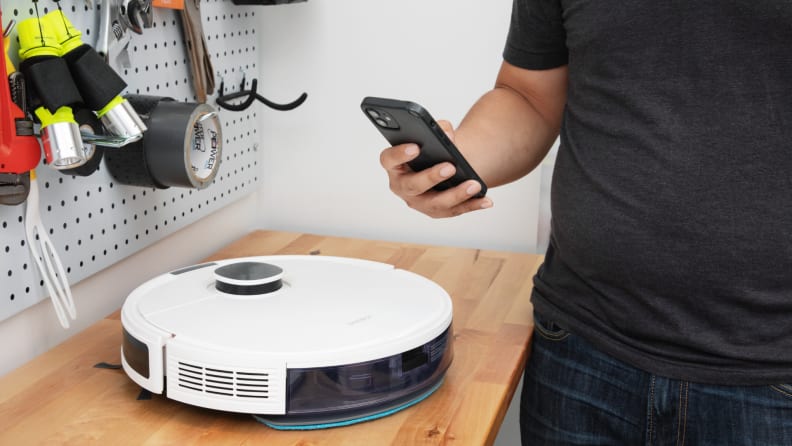
Although the overall functionality of a robot vacuum is principal to us, so is easy set-up and use.
Robot vacuums with smartphone apps have become the norm. The functionality of these apps has skyrocketed in recent years, but so have the complications that accompany them.
When we test smart functions on a robot vacuum, we’re rating them on how easy they are to install and use, as well as their usefulness.
For example, the ability to start, stop, and schedule are considered bare bones these days. Smart platforms like iRobot’s OS raise the bar by allowing Roombas to communicate seamlessly with other smart devices.

